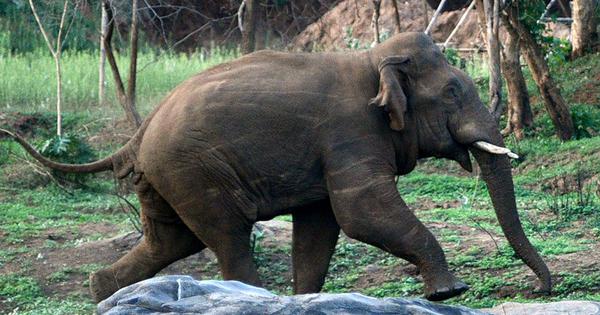Elephant population in Kerala decreased: Report
Kerala Forest and Wildlife Department released ‘Elephant Population Estimation in Kerala – 2024’ report. Report estimate that Elephant population in Kerala decreased.
Report is part of a synchronized elephant population estimation in the Southern States (Kerala, Karnataka, and Tamil Nadu).
Such synchronized exercise is mandated by an Interstate Coordination Committee (ICC) Charter established by the three Southern States in response to rising Human-Elephant Conflict (HEC).
Key Highlights
- Elephant population in Kerala decreased to 1793 elephants from 1920 elephants in May 2023.
- High death rate (40%) among Juvenile elephants (aged 10 and below) attributed to the Elephant Endotheliotropic Herpesviruses (EEHVs).
- For mitigating HEC, it recommends conducting socio-ecological studies on behaviour of crop raiding animals and a permanent system to assess and monitor HEC.
Read About: The Miyawaki method: creating dense forests
Indian Elephant (Elephas maximus)

- It is one of three subspecies of Asian elephants, the other two being the Sumatran and Sri Lankan elephants.
- India is home to over 60% of the world’s elephant population with the highest population in Karnataka, followed by Assam and Kerala.
- Characteristics
- Life span: 60-70 years.
- Gestation period: 20-22 months.
- Reproduction: A female starts calving at 18-20 years.
- Leader of an elephant group: Female.
- Threats: Habitat Fragmentation and degradation due to human settlements, expansion of agriculture and industry, human-elephant conflict, poaching, etc.
- Conservation Status
- Wild Life (Protection) Act, 1972: Schedule I
- IUCN status: Endangered
- CITES: Appendix I
Role of Elephants in ecosystem
Conservation Measures
|
